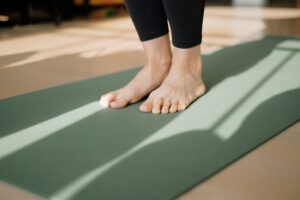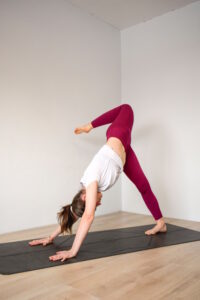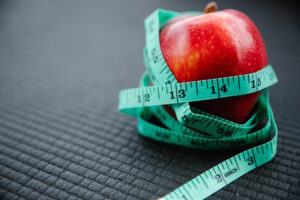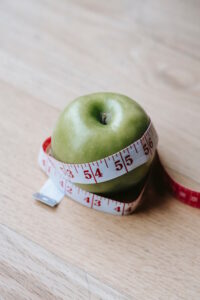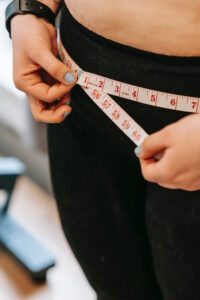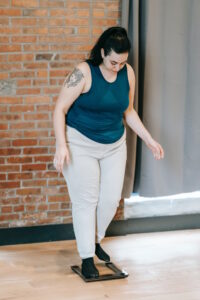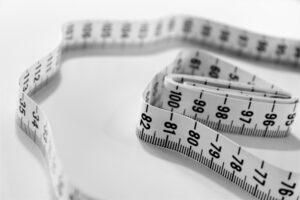
Pilates is a popular exercise method known for its focus on core strength, flexibility, and body awareness. It has gained recognition as a versatile fitness practice with numerous health benefits. However, there are several myths and misconceptions surrounding Pilates’ effectiveness for weight loss. In this guide, we will debunk these myths and provide evidence-based insights into Pilates for weight loss, exploring any potential downsides, and addressing its impact on losing belly fat.
Does Pilates really help with weight loss?
Yes, Pilates can be effective for weight loss when combined with a balanced diet and an overall healthy lifestyle. Pilates exercises focus on engaging multiple muscle groups, which can lead to improved muscle tone and increased calorie burn, even at rest.
While Pilates may not be as high-intensity as some other forms of exercise, its emphasis on controlled movements and proper form can still contribute to weight loss and overall body transformation. Moreover, Pilates promotes better body awareness and mindful eating, which can support healthier dietary choices and complement weight loss efforts.
Is there any evidence that Pilates works?
While the research on Pilates and weight loss is not as extensive as that for some other exercise methods, several studies suggest that Pilates can have positive effects on body composition and weight management.
One study published in the Journal of Bodywork and Movement Therapies found that Pilates practice was associated with improvements in body composition and decreased body fat percentage among women. Another study published in the Journal of Sports Science & Medicine reported that participants who engaged in Pilates exercises for eight weeks demonstrated reduced waist and hip measurements, indicating potential benefits for belly fat reduction.
However, it’s essential to note that individual results may vary, and weight loss outcomes depend on various factors, including diet, exercise frequency, and overall lifestyle.
Are there any downsides to Pilates?
Pilates is generally considered safe for most individuals, but there are a few potential downsides to consider:
- Low caloric burn: Pilates may not burn as many calories as high-intensity cardio exercises like running or cycling. While it can contribute to weight loss, it may not be the most efficient exercise for significant calorie expenditure.
- Limited muscle gain: While Pilates can improve muscle tone, it may not lead to substantial muscle gain compared to strength training or weightlifting.
- Not a standalone solution: For significant weight loss, Pilates should be complemented with a balanced diet and potentially other forms of exercise, such as cardio workouts or resistance training.
Does Pilates help lose belly fat?
Pilates can help tone and strengthen the core muscles, but spot reduction (targeting fat loss in specific areas) is not possible through exercise alone. While Pilates exercises that engage the core can contribute to a flatter-looking stomach, overall weight loss and fat reduction throughout the body are necessary to achieve a significant impact on belly fat.
To effectively lose belly fat, combine Pilates with a balanced diet and other forms of exercise that promote overall fat loss, such as cardio workouts and strength training.
In summary, Pilates can be effective for weight loss when combined with a balanced diet and overall healthy lifestyle. While it may not burn as many calories as high-intensity exercises, Pilates’ emphasis on muscle engagement and body awareness can contribute to improved body composition. There is evidence supporting Pilates’ positive effects on body composition, but individual results may vary. While Pilates can help tone the core, it is not a standalone solution for losing belly fat, and overall weight loss efforts are necessary to achieve significant results. As with any exercise method, consistency, and a comprehensive approach are key to maximizing the benefits of Pilates for weight loss and overall well-being.

